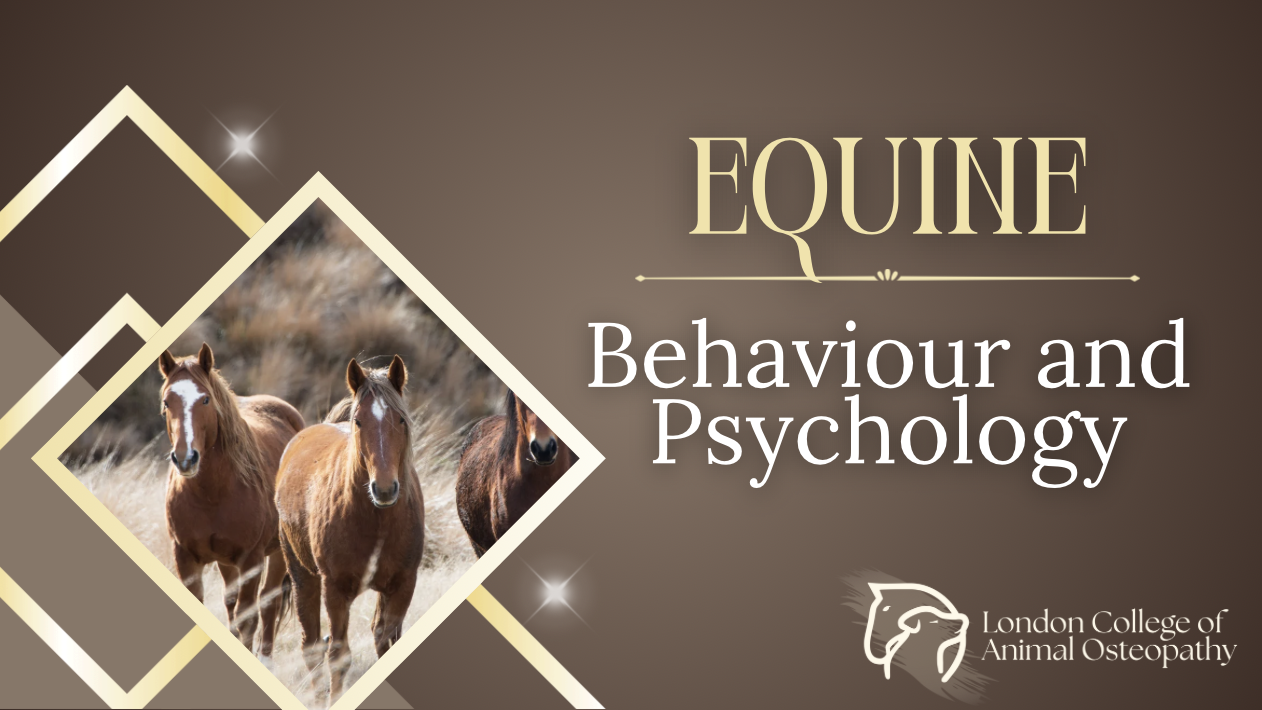
Equine Behaviour and Psychology (EBP)
Understand how horses think and communicate. Learn to interpret behaviour, manage aggression, and build confident, trust-based connections with equine patients.
- Teacher: Rachel Pechek
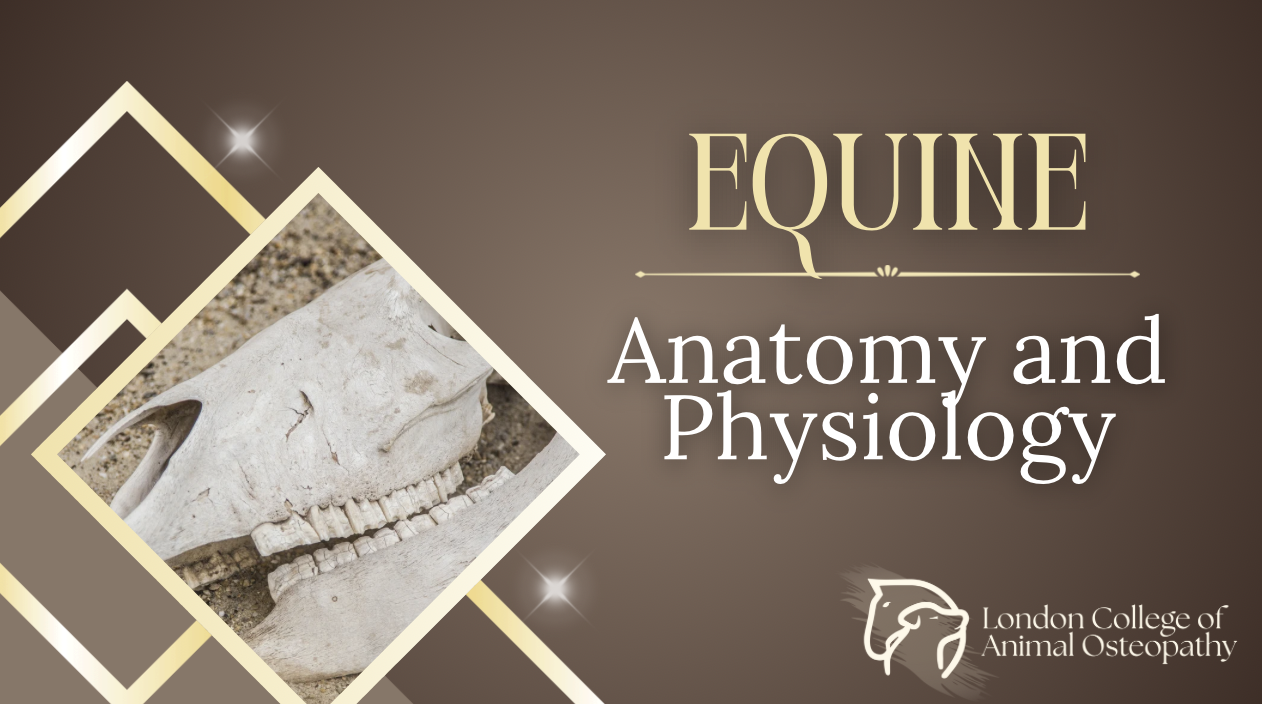
Equine Anatomy and Physiology (EAP)
Explore the equine body from the inside out. Learn how anatomy and physiology shape movement, performance, and recovery in the horse.
- Teacher: Rachel Pechek
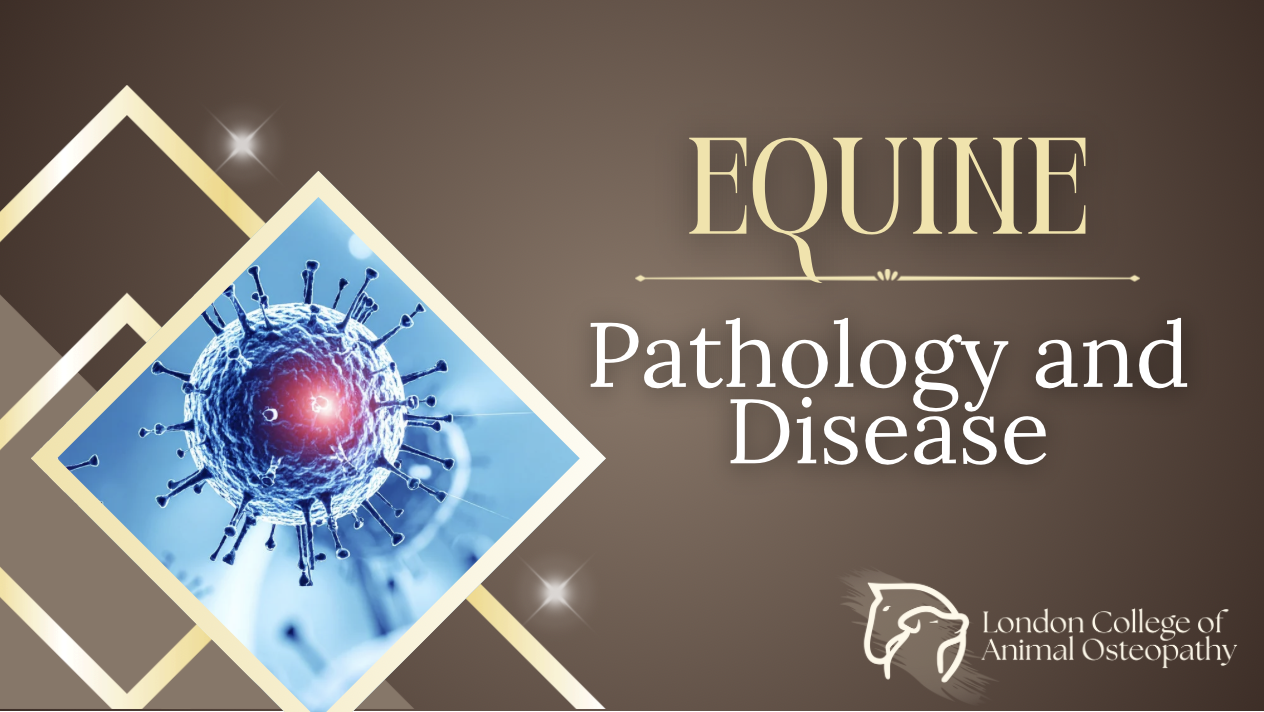
Explore the causes, symptoms, and progression of equine diseases through a system-by-system approach. Learn how pathology and pathophysiology influence movement, performance, and overall equine health in osteopathic practice.
- Teacher: Rachel Pechek
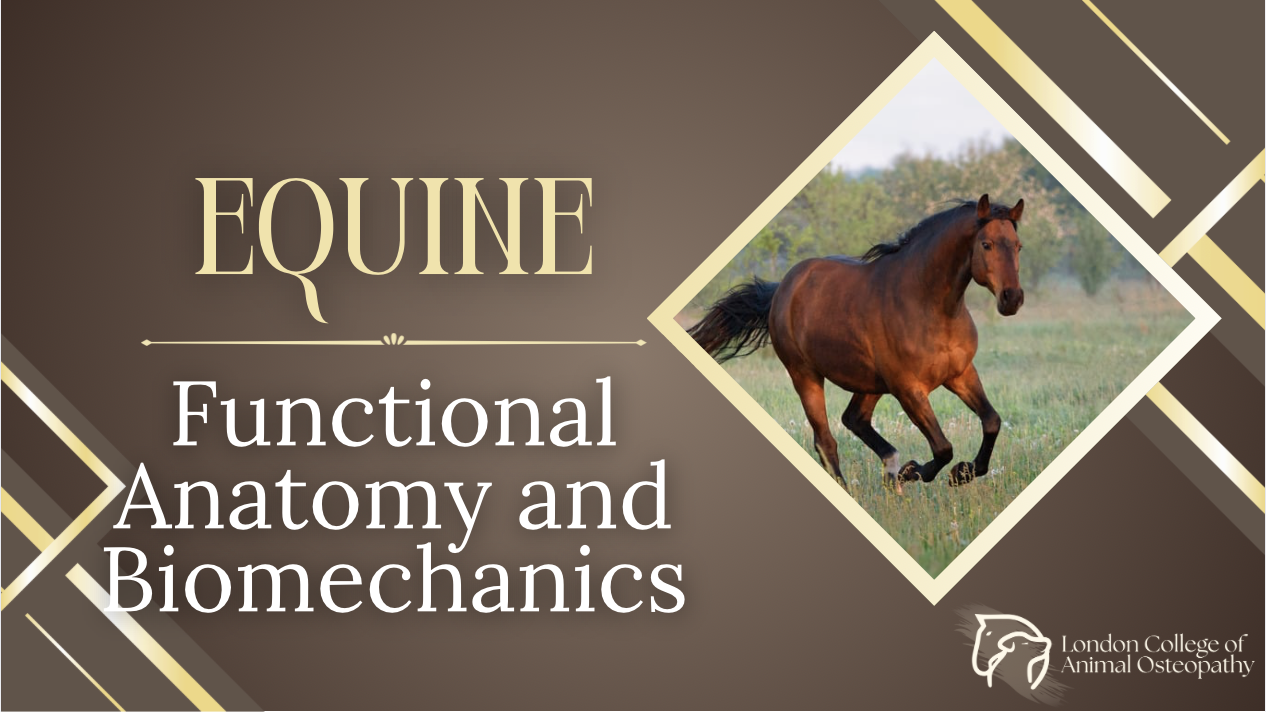
Equine Functional Anatomy and Biomechanics (EFAB)
Study equine joint structure and function and master the knowledge of the equine muscular system. Build a firm foundation for gait analysis and movement in clinical practice.
- Teacher: Rachel Pechek
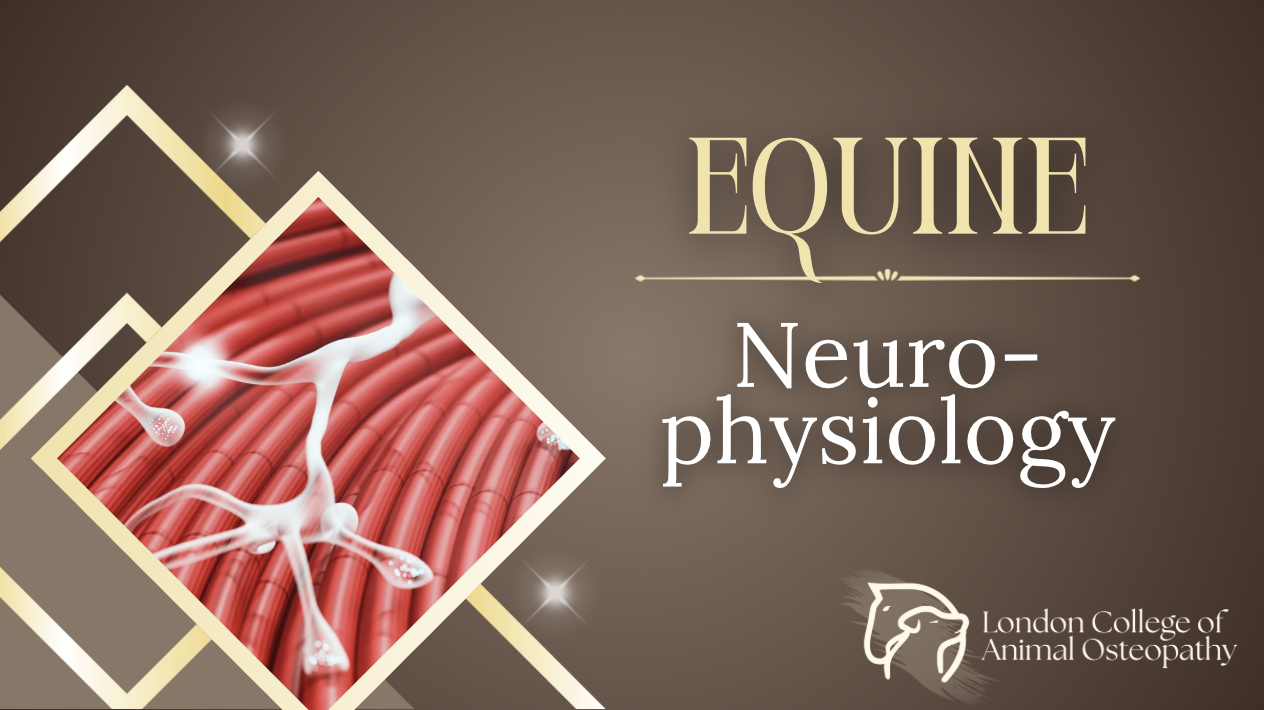
Equine Neurophysiology (ENPS)
Explore the equine nervous system, neurons, and nerve circuits to understand how horses sense, respond, and move.
- Teacher: Rachel Pechek
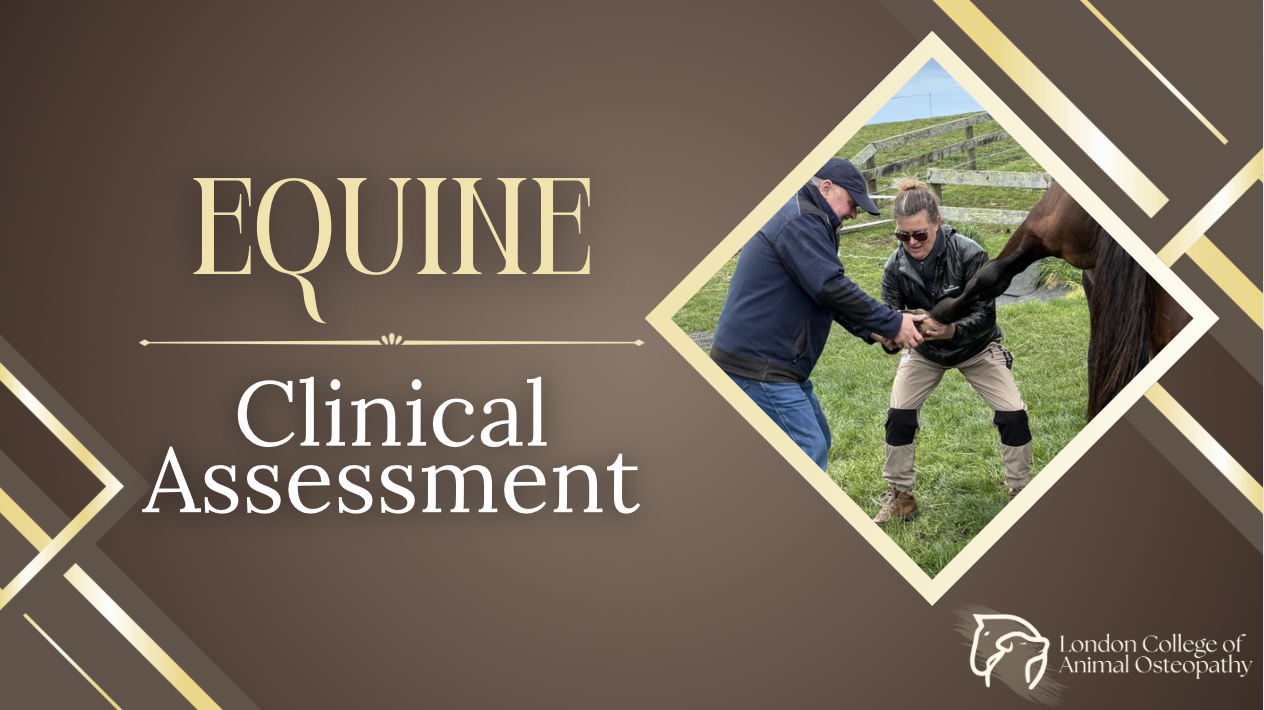
Equine Clinical Assessment (ECLA)
Master equine clinical assessment: case history, palpation, gait analysis, hoof evaluation, and identifying contraindications.
- Teacher: Rachel Pechek
